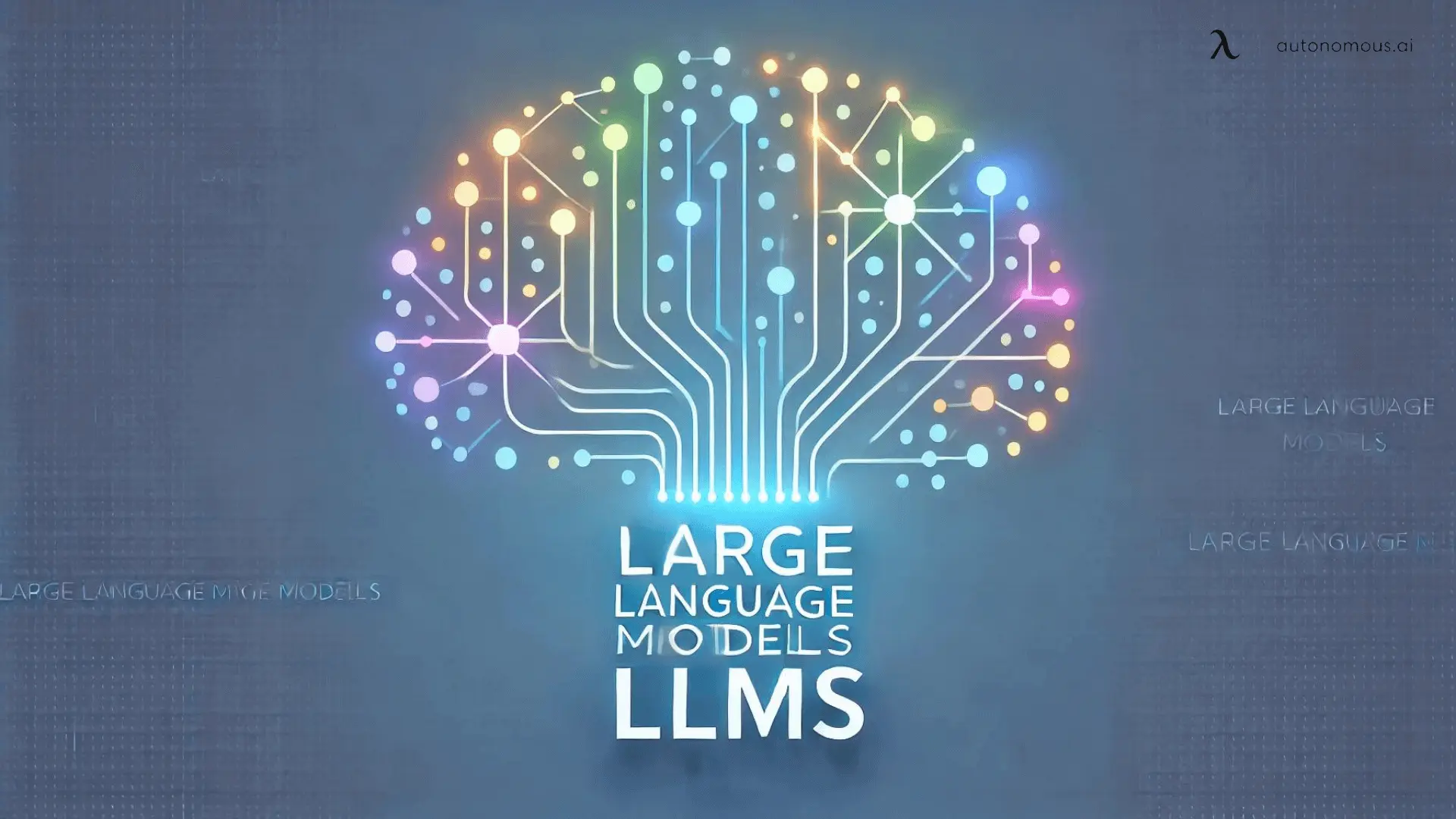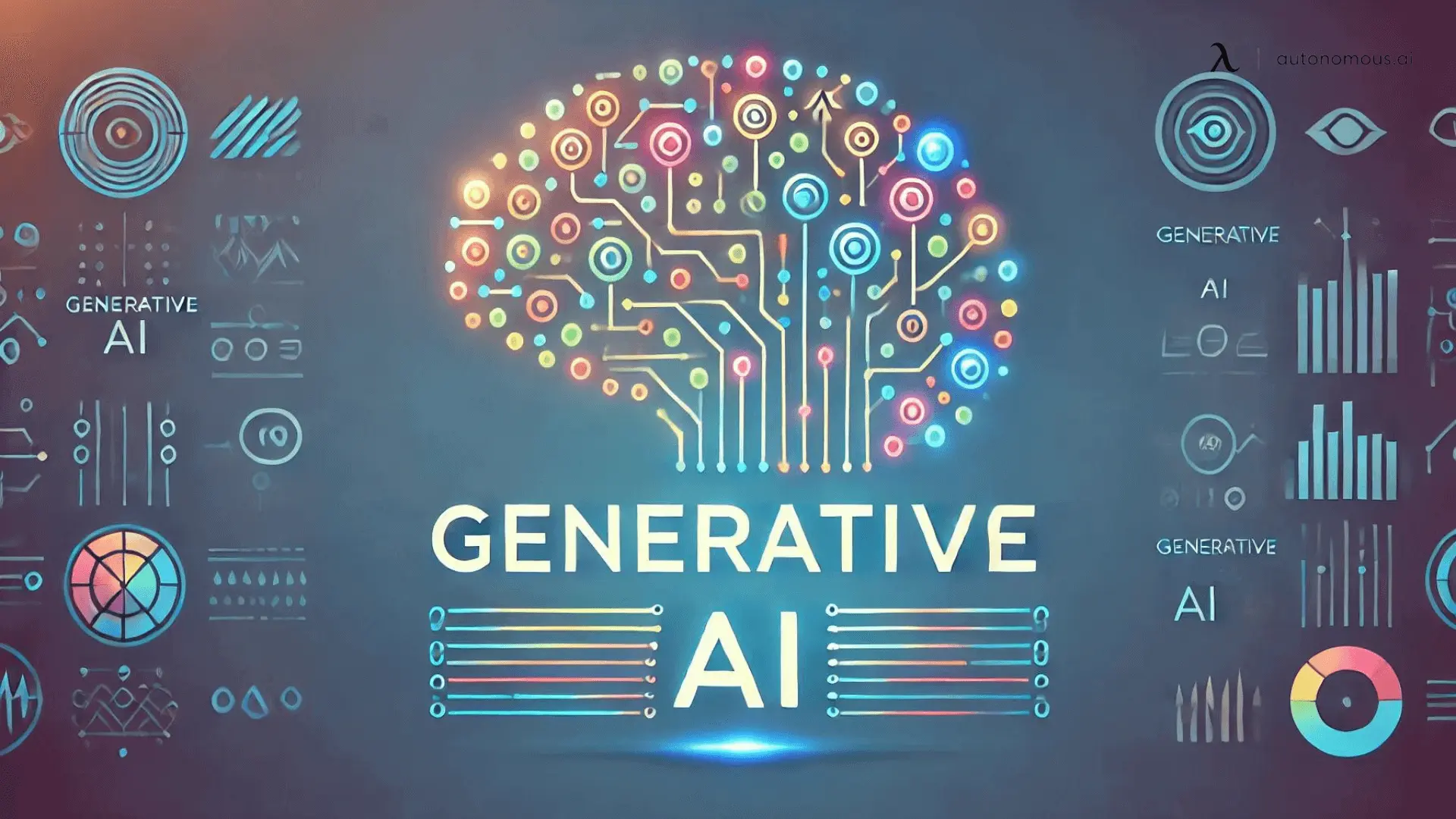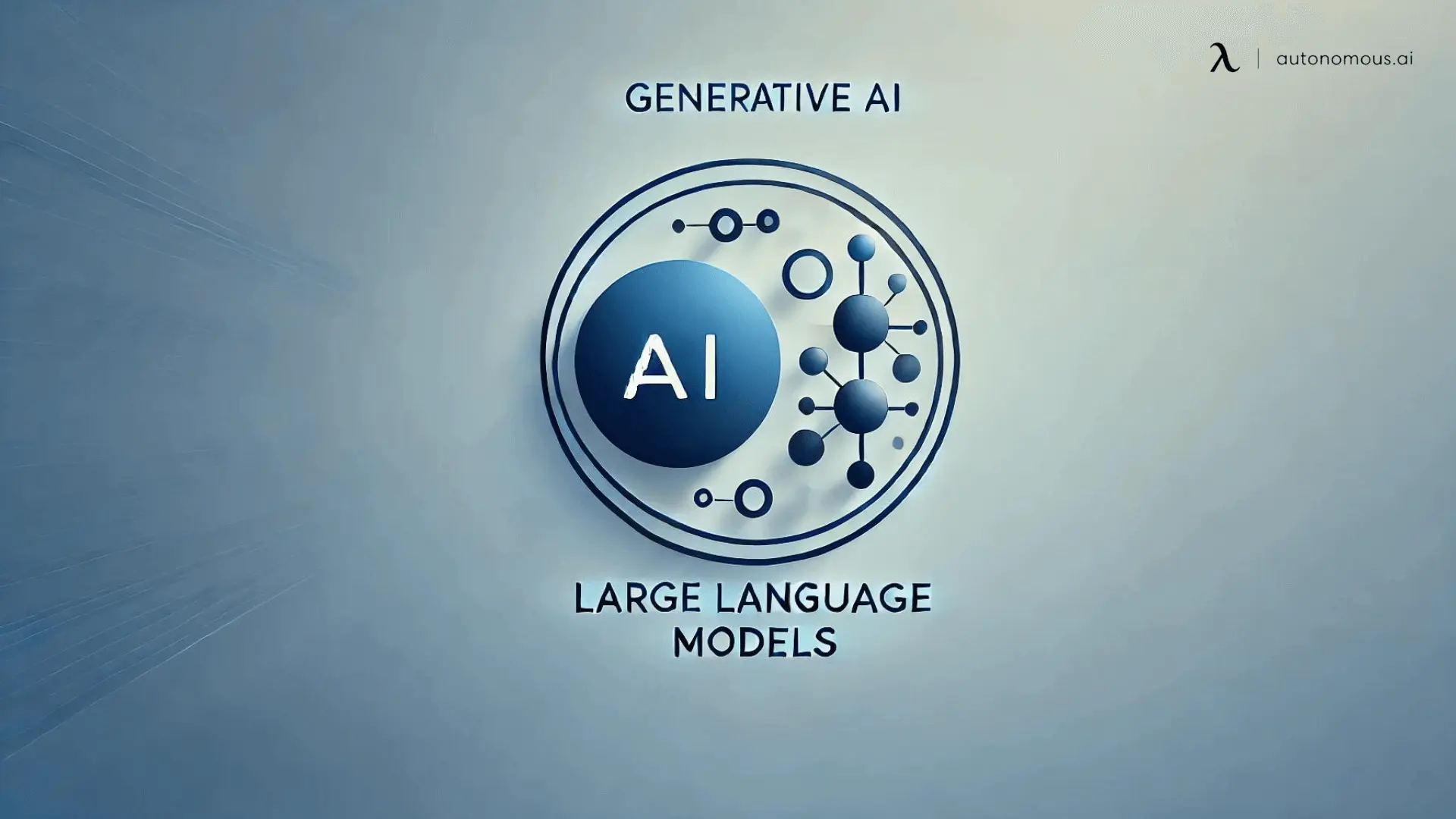
Large Language Models vs Generative AI: Key Differences and Applications
Table of Contents
Artificial intelligence (AI) has rapidly evolved, with two major technologies standing out: Large Language Models (LLMs) and Generative AI. While both fall under the broader umbrella of AI, they serve different functions and are applied in distinct ways. Understanding their differences and use cases can help businesses and individuals make informed decisions on how to integrate AI into their workflows.
What Are Large Language Models (LLMs)?
Large Language Models (LLMs) are AI systems trained on extensive text data to understand and generate human-like language. These models are particularly powerful when it comes to text-related tasks, from answering complex questions to generating cohesive written content.
LLMs excel at tasks such as:
- Text generation: Writing articles, stories, or emails based on prompts.
- Conversation: Powering chatbots and virtual assistants to provide customer service or engage in casual conversation.
- Translation: Automatically translating between languages with a high degree of accuracy.
- Programming: Assisting in writing code or debugging by understanding the syntax and logic of programming languages.
LLMs, such as OpenAI’s GPT-4 and Meta’s LLaMA AI, use deep learning techniques to predict the next word in a sentence based on the context provided. This allows them to create coherent and contextually relevant text, whether writing code, drafting emails, or answering complex questions. For a deeper dive into the technology, check out this article on Large Language Models Explained.

What Is Generative AI?
Generative AI refers to AI systems that can create new content, which could be text, images, music, video, or even 3D models. It extends beyond language processing to a wide range of creative tasks. In this context, approaches such as Generative UI come into play: the system takes existing data or inputs (for example, a text prompt or an image) and dynamically generates entirely new content or interface elements that didn’t exist before.
Generative AI has gained significant attention for applications such as:
- Image creation: AI can generate high-quality visuals, art, or designs based on user inputs.
- Music composition: AI systems can compose music in a variety of genres and styles.
- 3D model generation: Generative AI can create detailed 3D models for video games, films, and virtual reality environments.
- Text creation: Like LLMs, generative AI models can produce text, but they are often part of more complex systems that integrate visuals and sound.
For instance, tools like Stable Diffusion can generate stunning visual artworks, while text-based models like GPT-4 focus on creating human-like written content. Generative AI is particularly powerful in creative fields like graphic design, music composition, and even scientific research, where AI assists in generating new chemical compounds or protein structures.
If you’re interested in exploring tools that leverage generative AI, check out our list of best AI tools that are reshaping industries. Learn more about Google Gemma and its contributions to generative AI’s capabilities.

Difference Between Large Language Models and Generative AI
While both LLMs and Generative AI involve the creation of new content, the scope of what they can produce and the range of applications differ:
1. Specialization vs. Versatility
LLMs specialize in text-related tasks. They are highly proficient in understanding and generating language, making them ideal for applications like chatbots, content writing, translation, and even code generation.
Generative AI, on the other hand, covers a broader spectrum. It can generate text like LLMs but also create images, music, videos, and other forms of creative content. Its versatility makes it suitable for industries beyond just language processing.
2. Core Functionality
LLMs are focused primarily on language prediction. They work by predicting and generating the next word in a sequence, allowing them to write coherent and contextually relevant content.
Generative AI takes creativity further. It is designed not only to predict but also to create, synthesizing new forms of content across media. This makes it an essential tool for generating visuals, designing 3D models, or composing music based on parameters or user input.
3. Applications
LLMs are used heavily in customer service (chatbots), content creation, translation services, and as AI assistants. Their primary focus is on generating text, answering questions, and interacting with humans via language.
Generative AI extends to more creative fields. Gen AI apps are used to generate artwork, create music, design products, and even help in scientific discoveries by generating protein structures or drug formulations.
4. Training and Data
LLMs are trained predominantly on text datasets, learning language patterns, syntax, and semantics from vast amounts of written data. They excel at text-based tasks, but they are limited when it comes to other types of content.
Generative AI is trained on a wider variety of data, including images, sounds, and videos, allowing it to generate multiple forms of media. Its ability to work with diverse datasets makes it a more flexible tool for creative industries.

Practical Applications of Large Language Models
LLMs are transforming industries by automating text-based tasks and making it easier to interact with AI systems. Here are some key applications:
Chatbots and Virtual Assistants: LLMs like ChatGPT or ChatGPT alternatives provide real-time assistance, answering frequently asked questions, or helping customers troubleshoot issues.
Content Generation: LLMs are widely used for automating content creation, whether writing blogs, generating product descriptions, or drafting social media posts.
Programming Assistance: AI tools powered by LLMs can help coders generate code snippets, debug, and even suggest optimizations, making software development more efficient.
Translation Services: LLMs are used in translation software, allowing for more accurate and context-aware language translations between multiple languages. Explore more about AI language models and their impact across industries.
Applications of Generative AI
Generative AI is pushing the boundaries of creativity and innovation. Its applications include:
Image Generation: Tools like Stable Diffusion allow users to generate complex and high-quality images from text prompts, enabling artists and designers to create unique visuals.
Music Composition: Generative AI is revolutionizing the music industry by composing original tracks that mimic various genres and styles, reducing the time and effort needed to create new music.
Scientific Research: Generative AI models are helping scientists discover new chemical compounds, protein structures, and even drug formulations by generating hypotheses and running simulations faster than traditional methods.

FAQs
Are Large Language Models a part of Generative AI?
Yes, LLMs are a subset of Generative AI. While LLMs focus on generating language-based outputs (e.g., text completion, translation, chat responses), Generative AI can create a wide range of media, including images, audio, and even 3D models. LLMs are specialized for language tasks, but they operate within the broader framework of Generative AI.
What are the challenges with Large Language Models and Generative AI?
Some of the common challenges include:
- Data bias: Since LLMs and Generative AI are trained on large datasets from the internet, they can unintentionally learn and reproduce biased or incorrect information.
- High computational cost: Training and running large AI models require significant computational power, which can be costly.
- Ethical concerns: There are concerns about how AI-generated content (such as deepfakes) could be misused in disinformation campaigns, copyright infringement, or other malicious activities.
Can Large Language Models understand multiple languages?
Yes, many Large Language Models are trained on multilingual datasets, which allows them to understand and generate text in multiple languages. For example, models like GPT-4 and BERT can process and generate responses in languages such as English, Spanish, Chinese, French, and many more. However, the quality of responses may vary depending on the volume and quality of data available for each language during training.
Can Generative AI replace human creativity?
No, Generative AI is a tool that can assist in creative processes but does not replace human creativity. While AI can generate images, music, or even poetry, it still lacks the emotional depth, intuition, and subjective experience that human creators bring to their work. Instead, it is often used to enhance or accelerate the creative process, providing ideas or draft content for humans to refine and improve.
Conclusion
Understanding the difference between LLMs and generative AI is crucial for anyone looking to leverage AI for business or personal projects. While LLMs specialize in language processing and text generation, generative AI goes beyond, offering the ability to create images, music, and more. Both technologies are shaping the future of AI, and knowing when and how to use each is essential for unlocking their full potential.
Spread the word
.svg)







